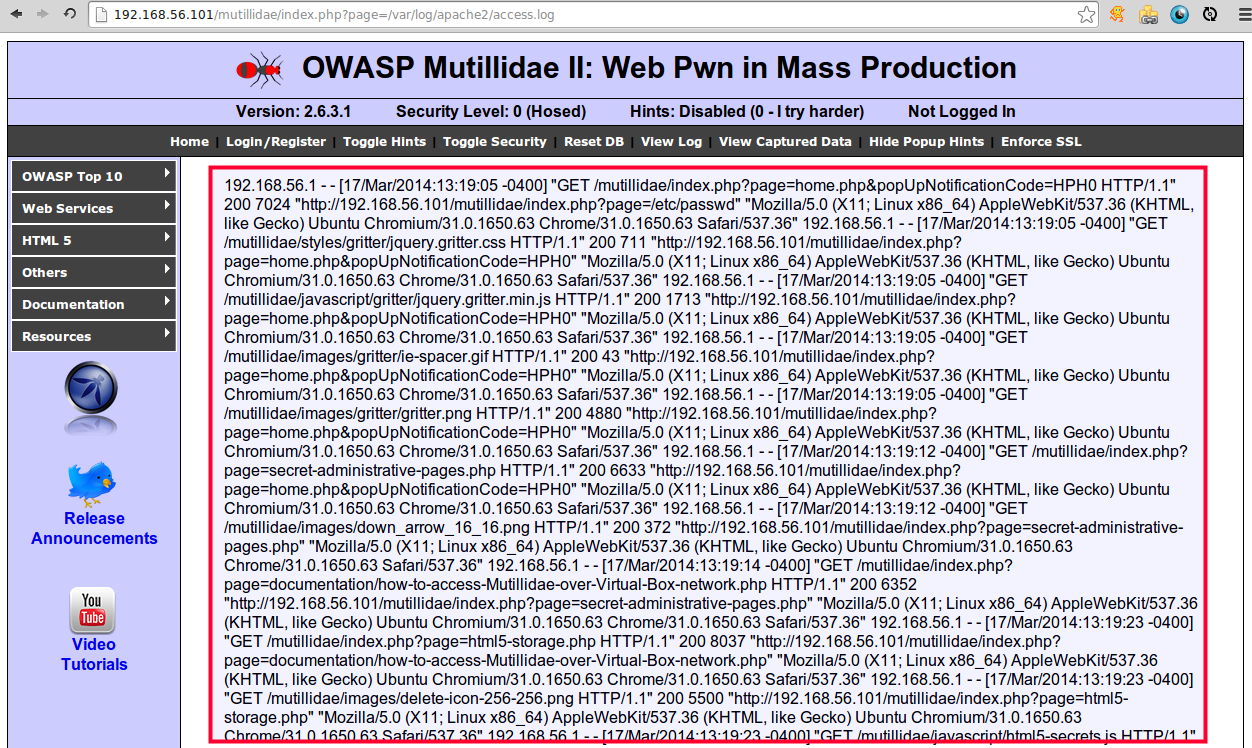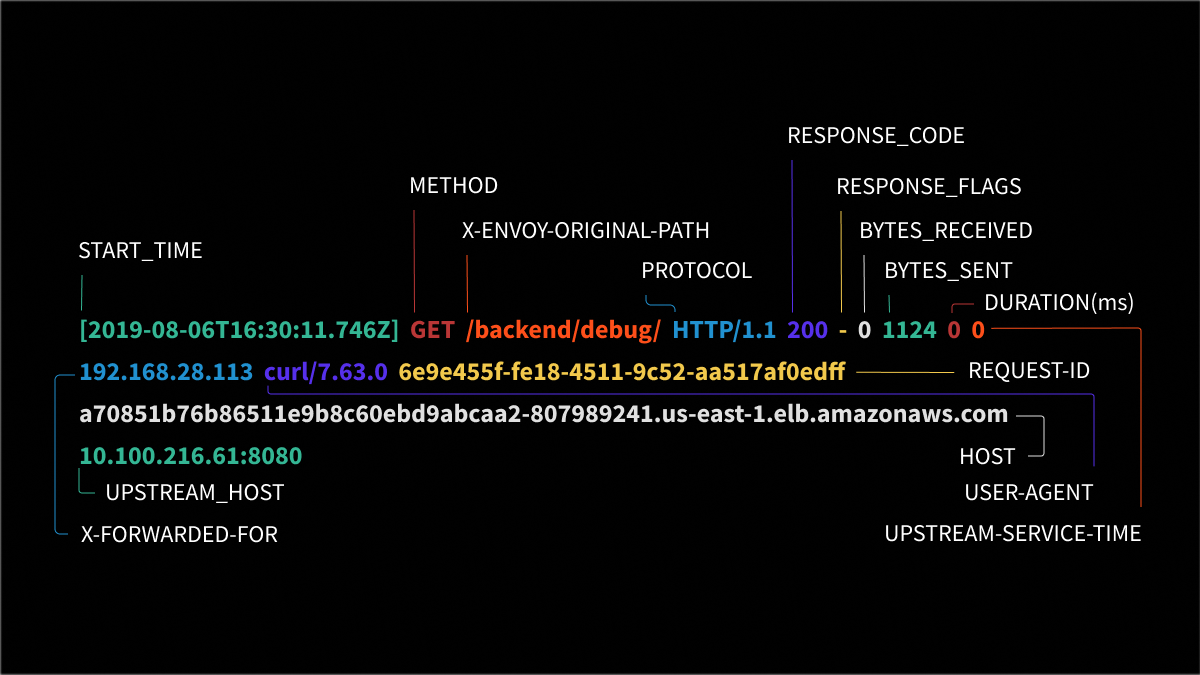
Error Log

CustomLog 'logs/accesslog' combined env=!dontlog The /etc/httpd/conf.d/ssl.conf file also need to be updated. Find the TransferLog and CustomLog directives and comment them out, then add the following. If an 'Authentication Error' message occurs when logging into Apache Access, you should clear your browser history (cache). Use the 'Clear Browser History in Chrome' instructions above. Apache Access 'Authentication Failed' Message. If an 'Authentication Failed' message occurs when logging into Apache Access, it may be related to your password. This command will, in many configurations of Apache, result in a 408 message exactly as you have described. Performing this command on two of my own servers resulted in this entry to the access log: -04/Nov/2015:08:09:33 -0500 '-' 408 - '-' '-'. More about Apache Error 408 As earlier stated, a web server responds to a client's request and therefore displays the website content on the web browser. In some cases if the time it takes to respond is exceeded without completing the request to the web server, an error will occur.
| Related Modules | Related Directives |
|---|
The server error log, whose name and location is set by the ErrorLog directive, is the most important log file. This is the place where Apache httpd will send diagnostic information and record any errors that it encounters in processing requests. It is the first place to look when a problem occurs with starting the server or with the operation of the server, since it will often contain details of what went wrong and how to fix it.

The error log is usually written to a file (typically error_log on Unix systems and error.log on Windows and OS/2). On Unix systems it is also possible to have the server send errors to syslog or pipe them to a program.

The format of the error log is defined by the ErrorLogFormat directive, with which you can customize what values are logged. A default is format defined if you don't specify one. A typical log message follows:
[Fri Sep 09 10:42:29.902022 2011] [core:error] [pid 35708:tid 4328636416] [client 72.15.99.187] File does not exist: /usr/local/apache2/htdocs/favicon.ico
The first item in the log entry is the date and time of the message. The next is the module producing the message (core, in this case) and the severity level of that message. This is followed by the process ID and, if appropriate, the thread ID, of the process that experienced the condition. Next, we have the client address that made the request. And finally is the detailed error message, which in this case indicates a request for a file that did not exist.
A very wide variety of different messages can appear in the error log. Most look similar to the example above. The error log will also contain debugging output from CGI scripts. Any information written to stderr by a CGI script will be copied directly to the error log.
Apache Access Log 408
Putting a %L token in both the error log and the access log will produce a log entry ID with which you can correlate the entry in the error log with the entry in the access log. If mod_unique_id is loaded, its unique request ID will be used as the log entry ID, too.
Apache Access Log 408 Login
During testing, it is often useful to continuously monitor the error log for any problems. On Unix systems, you can accomplish this using:

